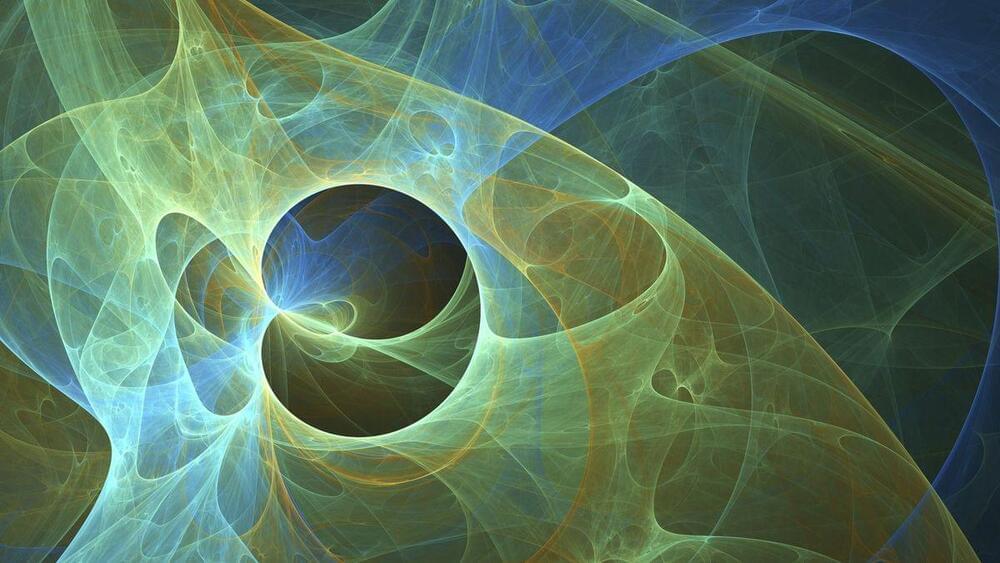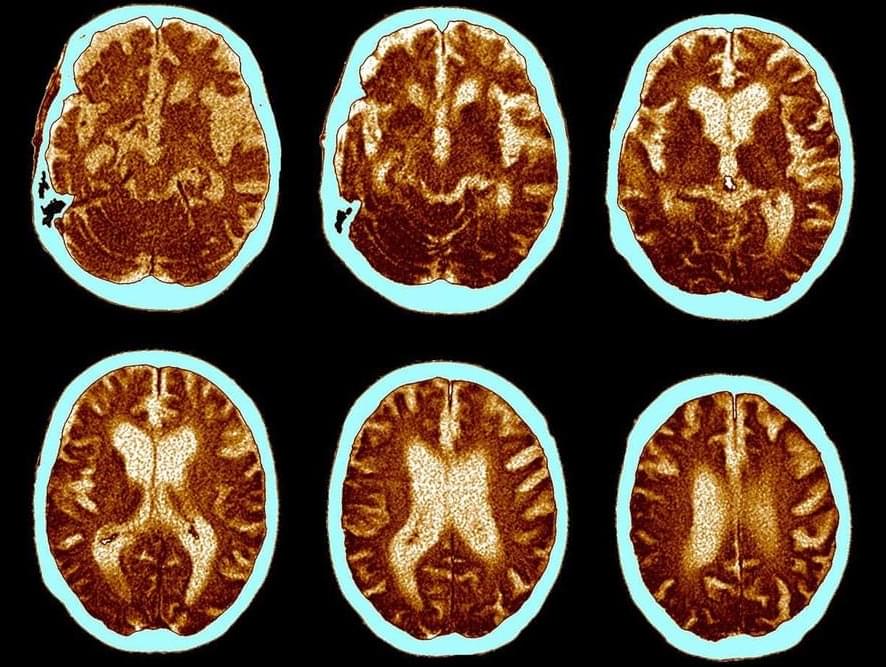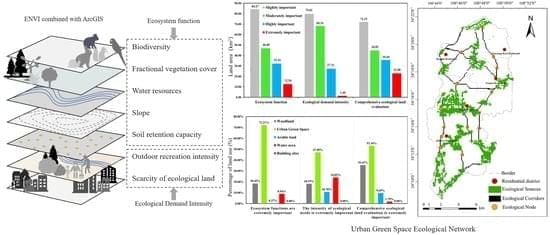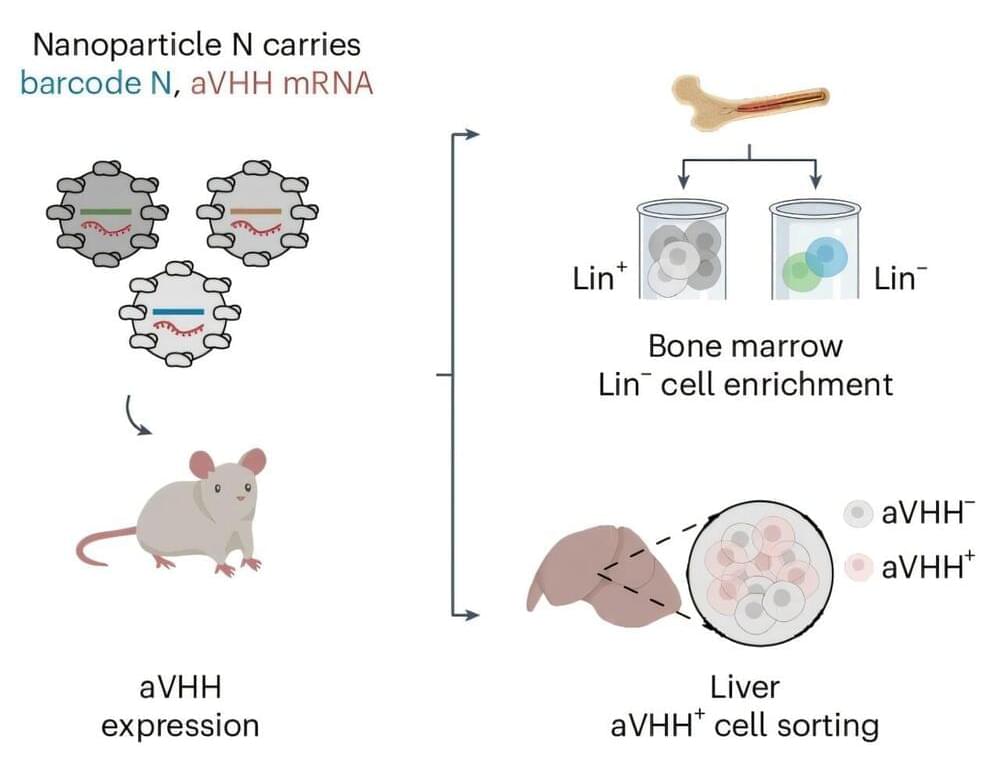Electrons, those fundamental particles that orbit atomic nuclei, are central to electromagnetism and chemical processes. Ever since their discovery, scientists have pondered over what electrons are made of and their basic structure. While particles such as protons and neutrons have shown internal complexity, electrons appear impenetrable to such analysis. So, what constitutes an electron? Are they truly indivisible, or do they hide smaller components within?
Speaking of the atom, the term “indivisible” now seems outdated, especially with modern scientific understanding. The notion that atoms are the most fundamental units of matter dates back to Democritus over 2,000 years ago. However, as centuries passed and scientific discoveries unfolded, it became clear that atoms were not the ultimate particles of matter. Indeed, advancements in physics have shown that atoms are made up of even smaller particles: protons, neutrons, and electrons. While protons and neutrons can be broken down into quarks, the question remains for electrons: are they also made of smaller components, or are they indivisible?
Since their discovery over 125 years ago, electrons have challenged the logic of decomposition. No experiment has yet detected any more complex internal structure, even during high-energy collisions aimed at probing deeper levels of matter. Electrons thus seem to defy the notion of being made up of smaller particles. They are currently regarded as fundamental particles within the standard model of particle physics, meaning they are entities that cannot be divided further.









